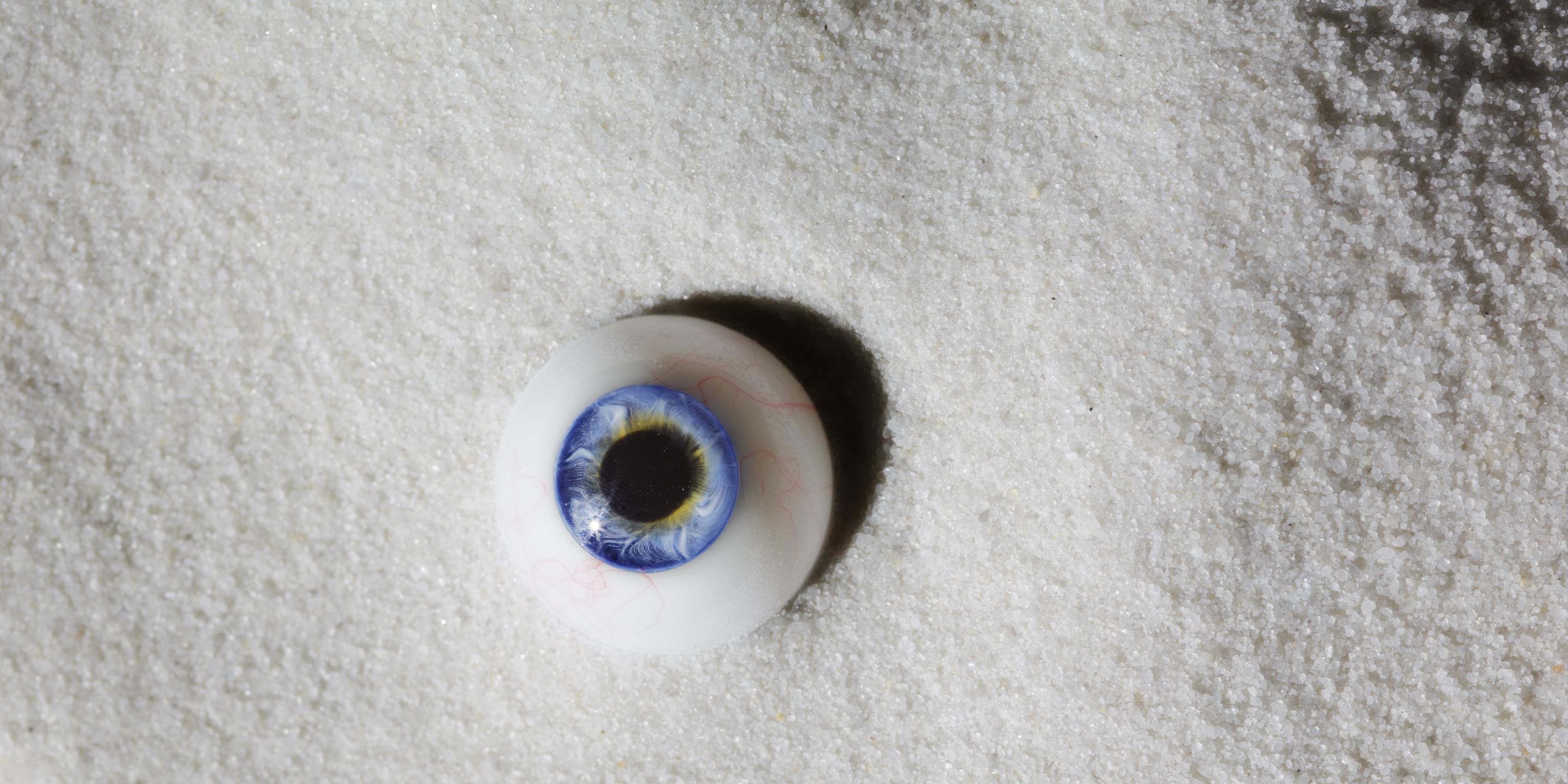All those hours training may be great for your body, but your sight can seriously suffer.
For most of us, the only time we make an appointment with an eye doctor is to get a new glasses or contacts prescription. Despite how much we love what our eyes do for us, we pay them little mind. This is particularly true of athletes, who put added strain on their peepers. Running on windy, dusty trails; biking in polluted cities; and swimming in chlorine all contribute to dry eyes. It may sound like a benign annoyance, but it’s a disease.
“Dry eyes is a chronic inflammatory process, like arthritis,” says Melissa Toyos, M.D., a Nashville-based ophthalmologist. “One day of having dry eyes is something your body can easily recover from. But several of those days strung together trigger biochemical changes on the surface of the eye that perpetuate and amplify, and there are parts of your eyes that are damaged that can’t be restored. Over time, it can become an incapacitating problem.”
Long-term complications of dry eyes can include an increased risk of eye infections, inflammation that damages the surface of the corneas and worsening vision.
If you have dry eyes, you're in good company, as it's issue for 20 to 30 million Americans. Several other factors above and beyond training conditions compound dry eyes: hormonal changes (mostly in women), allergies, living in a windy or dry climate, wearing contacts, drinking red wine (bummer) and the amount of time we now spend in front of computer screens. People blink 66 percent less when looking at computer screens.
Symptoms include stinging, burning, scratchiness, redness, light sensitivity, discomfort wearing contacts, eye fatigue, blurred vision and overly watery eyes.
People who are concerned about dry eyes can take high-quality fish oil and can ask their doctor about a first-of-its-kind prescription drop called Xiidra that got FDA approval this summer. (Over-the-counter drops “don’t really fix anything,” Toyos says.) Also, wear glasses that fit close to the face and sunglasses that wrap around. At home, invest in a good air filter and humidifier. No joke, make an effort to blink more when you're working at a computer.
And a PSA: Go see an ophthalmologist. The American Academy of Ophthalmology recommends that people have a complete eye exam once in their 20s, twice in their 30s and again at age 40. Go before you have blurred vision or trouble seeing at night, which is what brings most people in and by that time, the damage could be done. Because as athletes, we should be as concerned with our eye health as we are about our joints and mobility.
